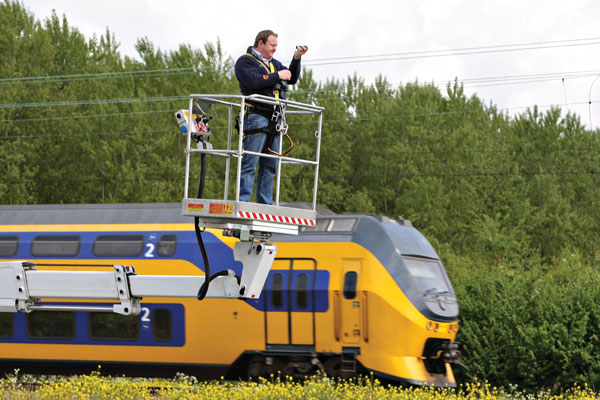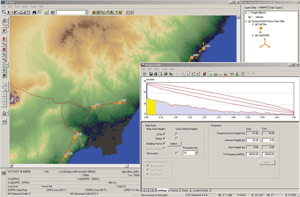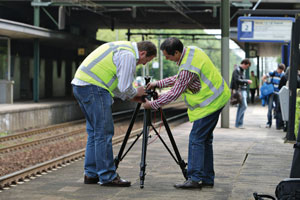Radio Network Design for GSM-R requires specific skills
Posted: 28 January 2010 | | No comments yet
There are important differences between traditional radio planning and the construction of a GSM-R network, explains GSM-R consultant Martijn Kuijpers. “The nature of GSM-R and elaborate government requirements make constructing a well optimised GSM-R radio network a very specific challenge.”
There are important differences between traditional radio planning and the construction of a GSM-R network, explains GSM-R consultant Martijn Kuijpers. “The nature of GSM-R and elaborate government requirements make constructing a well optimised GSM-R radio network a very specific challenge.”
There are important differences between traditional radio planning and the construction of a GSM-R network, explains GSM-R consultant Martijn Kuijpers. “The nature of GSM-R and elaborate government requirements make constructing a well optimised GSM-R radio network a very specific challenge.”
Traditional radio planners and GSM-R experts think very differently. “Traditional radio planning is two dimensional”, says Kuijpers, who is Director of Clear CinCom and one of the foremost specialists on GSM-R. “In traditional planning, there is an area of land that needs to be covered just reasonably well. The challenge is merely to keep an acceptable quality of service with minimal hardware. But in GSM-R, you work along a train route, which basically is a long line. Along that line, you need 100% quality of service. For a traditional radio planner, that is a completely alien concept.”
Kuijpers first experience with GSM-R was in 2001, when the construction of the Dutch GSM-R network started. This was one of the first GSM-R networks providing nationwide coverage, replacing an analogue communication system. Kuijpers, who worked for Siemens at the time, has worked on GSM-R ever since.


The hands-on consultants of Clear CinCom measure GSM-R performance in and outside of the train
He explains, “Not just efficiency, but safety is at stake, so there is no margin for error. At the same time, travellers should not be distracted by infrastructural elements. All these requirements should be combined in a single radio cell plan.”
On site measurements
After the initial radio planning phase, Clear CinCom uses ‘mobile testing teams’ to perform continuous wave measurements on sites along the route. This allows the radio planners to give recommendations on the placement and the height of the pylons, the type of antennas, the azimuth of the antennas, the initial output power, and number of carrier unites, and so on. This data forms the basis of the nominal cell plan.


Optimising a GSM-R Radio network largely occurs on-site


Clear CinCom uses in-house optimised propagation models for accurate coverage predictions


GSM-R is also used as barrier service for passenger information panels on the platform
To construct a final cell plan, the hardware and software used in the network need to be optimised. Clear CinCom uses a test train equipped with measurement tools to perform quality of service tests at actual speeds. “That is another difference with traditional radio planning,” says Kuijpers. “Few regular cell phone users move at 330 kilometres an hour.”
As railway companies around the world came to rely on GSM-R, they found that the radio planning was more complex than initially assumed. To assist in keeping costs down by specific GSM-R optimisation, Kuijpers founded Clear CinCom in 2005. The company has been advising railway operators and GSM-R equipment vendors in Europe, North Africa and Asia.
For case studies and more information on Clear CinCom, see their website at www.clearcincom.com.





